Your Queer Body IS a Beach Body

We’ve all heard the joke- “How do you get a bikini body? You put a bikini on your body.” But unfortunately, wearing a swimsuit is often not a joke for many of us.
Every year come spring we begin to be bombarded with media reminders to prepare our summer bodies for the beach or pool. We start getting told to be aware of how our semi-nude bodies will look to those around us and informed that our current bodies aren’t good enough.
For those who experience body dysmorphia or don’t fit into gender norms, the stress of wearing a swimsuit is often even more palpable. Not only are you mostly naked in front of strangers, which means you can’t hide your “different” body, but most swimwear is inherently gendered. Putting on a swimsuit is the essence of exposing our insecurities, and for some of us, even threatens our safety.

The History of Gendered Swimwear
Swimwear wasn’t always gendered. For much of human history, it was functional and didn’t have to do with fashion. The concept of swimming attire can be traced back thousands of years, with ancient civilizations adopting various forms of swimwear. In ancient Rome, it was all about those loincloths and tunics. Greeks? They were all about that au naturel swim vibe or throwing on simple garb.
Fast forward to the 19th century, when restrictive Puritan modesty became all the rage and people were expected to cover up from head to toe. Even during the 20th century modest swimwear known as bathing costumes covered most of the body, regardless of gender. As time progressed, people began to challenge these restrictive norms, advocating for more freedom and comfort in swimwear.
In the 1920s, a shift occurred in women's swimwear and it began to expose more skin. The two-piece swimsuit was created for the first time, marking a significant departure from the conventional one-piece swimsuits worn by both genders. Female athletes and dancers enthusiastically embraced this new design, finding it more comfortable and practical for their activities. In mainstream society, however, it was still viewed as somewhat scandalous.
As time progressed, swimsuits became increasingly gender-specific, with designs accentuating masculine or feminine characteristics. Men's swimsuits became shorter and tighter, while women's swimsuits became more revealing and form-fitting. This transformation was due to evolving attitudes towards gender roles and expectations, as well as the influence of Hollywood and the fashion industry.
By the 1960s and 1970s, swimsuits had become highly gendered, with distinct and easily recognizable styles for men and women. The emergence of the sexual revolution and the feminist movement also impacted swimwear. Women's swimsuits became even more revealing during this period, crafted to showcase their bodies and align with the changing societal norms.
Today, swimwear remains highly gendered, and finding suitable swimwear can be a disheartening and demoralizing task. The options provided in conventional swimwear serve as a mirror reflecting the constructed nature of gender norms and the ways they are imposed upon us. It can be so discouraging that the joy of swimming may seem overshadowed, and many of us might choose to forgo it altogether.

Why You Should Swim If You’re Queer
Having to be mostly naked in gendered swimwear is a big deterrent for many of us in the queer community. The unfortunate thing is, that if you’re queer, swimming should actually be one of the things you include in your health. It has so many necessary healing properties that could change your life.
We can all remember a moment when swimming healed something in us. When we went down to the water somewhere, sunshine on our faces, and dipped our toes into cold fresh life-giving water. When we plunged into the enveloping coolness and felt freer, safer, calmer, and happier. We all know what it means to have water refresh our spirits and revitalize our souls.
Water has incredible properties and gives us life in so many ways. And swimming is an activity that legitimately betters our lives. Simply as a form of exercise, swimming is unique in that it’s a full-body workout that is also gentle on the body. It works everything from your brain to your arms and shoulders, to your back and core, all the way down to your legs and feet.
Studies find that people who swim regularly live longer and are more physically and mentally fit. The benefits of swimming include improving strength, balance, posture, flexibility, bone density, and respiratory and cardiovascular health. It also reduces the effects of aging and reduces BMI, hypertension, obesity, inflammation, and chronic pain.
While the physical effects of any exercise are always welcome, researchers are also finding that swimming is amazing for our brains as well. In a study from the journal Physiological Reports, the team found that water immersion was unique from other exercises in that it directly increased particular types of cerebral activity. The preliminary research says that swimming can improve things like the speed of cognition, visuomotor performance, and memory.
But it doesn’t stop there. Swimming is also great for your mental health. It releases endorphins that reduce stress, improve sleep, lower anxiety, and combat depression. A study from the Journal of Psychology found that a single session of swimming elevated participants' moods to an even higher level than a session of aerobic dance. And it not only reduces your current stress but also encourages hippocampal neurogenesis, which is when your brain regrows new brain cells in parts of the brain that have atrophied because of chronic stress.
Seriously. We could go on, but suffice it to say that swimming is magic. It nourishes and supports so many of our body's needs and functions. And we haven’t even touched on the extra added benefits that happen when you swim outdoors! Swimming and communing in nature adds a whole other host of benefits to your body, brain, and spirit.
Intuitively, so many of us feel these things when we get into the water, which is why many of us love it. Unfortunately for some of us, that feeling changed as we got older. For people who are trans, queer, non-binary, or anywhere on the scale of gender non-conforming, we not only had a transition around our gender presentation, but a lot of us had a major change happen around swimming as well. And that change was our access and comfort.

The Struggles of Swimming For The Queer Community
Here at Origami Customs, we try to focus on the positives of what it means to be LGBTQIA+. We’re madly in love with our community, and we get supported by it every day. We would never in a million years choose to be anything other than the diverse and queer team that we are.
For us, being a part of the queer community means we get to be surrounded by people who engage with the world in a way that’s more open, flexible, and connected. We get to express ourselves in a way that’s true to our unique spirit, and we get to know many people who have fascinating and diverse stories and perspectives. There are so many mind-blowing things we love about being queer.
But sometimes, we have to talk about things that are challenging about being part of a minority, if only to help problem solve. And when it comes to swimming, we’re well aware that it can be a point of difficulty. For many of us, the idea of swimming has sometimes filled us with feelings of fear, discomfort, and anxiety.
Unfortunately, the places you swim are not always safe spaces for transgender, queer, and gender non-conforming people. Swimming is a complex form of activity that means you need to have access to a body of water, which generally means you need to be in public. It’s normally set up in a very binary way, with gendered things such as changing rooms and stereotypical swimwear. And the less clothing you have on your body the harder it is to control your presentation, which can lead to judgment and fear from people who don’t understand you.
These barriers to access often deter many of us from choosing to swim, which means we’re not getting the benefits that we could so desperately use. Trans people suffer more mental health issues, levels of self-harm, and body dysphoria than their cis counterparts, because of being treated poorly by society. We should be swimming more, not less!
You have the right to be in the pool. We want you to be able to take that flying leap into the water and be surrounded by all the benefits that swimming can give you. We want you to boost your mental health and happiness. We want you to use exercise to help shape your body to combat dysphoria. We want you to be surrounded by the healing and life-giving properties of water.

How We're Helping Our Queer and Trans Community Swim
Firstly, we will continue fighting to make a place for all of our incredible queer community as equal members of society. We are activists and we will keep speaking out about our needs and rights. We will continue to be ethical, share our stories loud and proud, keep funding groups fighting the good fight, and keep building community spaces where we can all help support each other and keep each other safe.
Secondly, we will keep trying to create practical solutions to help solve some of the issues of presentation, safety, and comfort. We’re not just a fashion brand, we make the gear that we do because we’re trying to help you feel good in your body and comfortable in the world.
We know how vital swimming can be to your health, and that’s why we’ve created our all-gender line of swimwear. It’s the first of its kind on the market because we wanted to make something that would help you feel like yourself so you can be in the water.
Our revolutionary new system is made to fit any body, regardless of what’s in your pants. Each swimsuit is lined with our revolutionary Powermesh that allows for a smoothing of the body and light compression if worn as a gaff. The tops also offer light compression, or we have swim binders for those who want even more. The goal of this collection is to help support your body so that you feel good being in swimwear in public.
We know our efforts may just be one small drop in the bucket (or the swimming pool). But for us, having swimwear that helps us feel good in our bodies helps our team feel excited to swim. We hope it will help encourage you to swim too!
And remember, if you can’t afford our gear, check out our community programs. We’ve given thousands of pieces of gender-affirming gear away for free to people who can’t afford access.



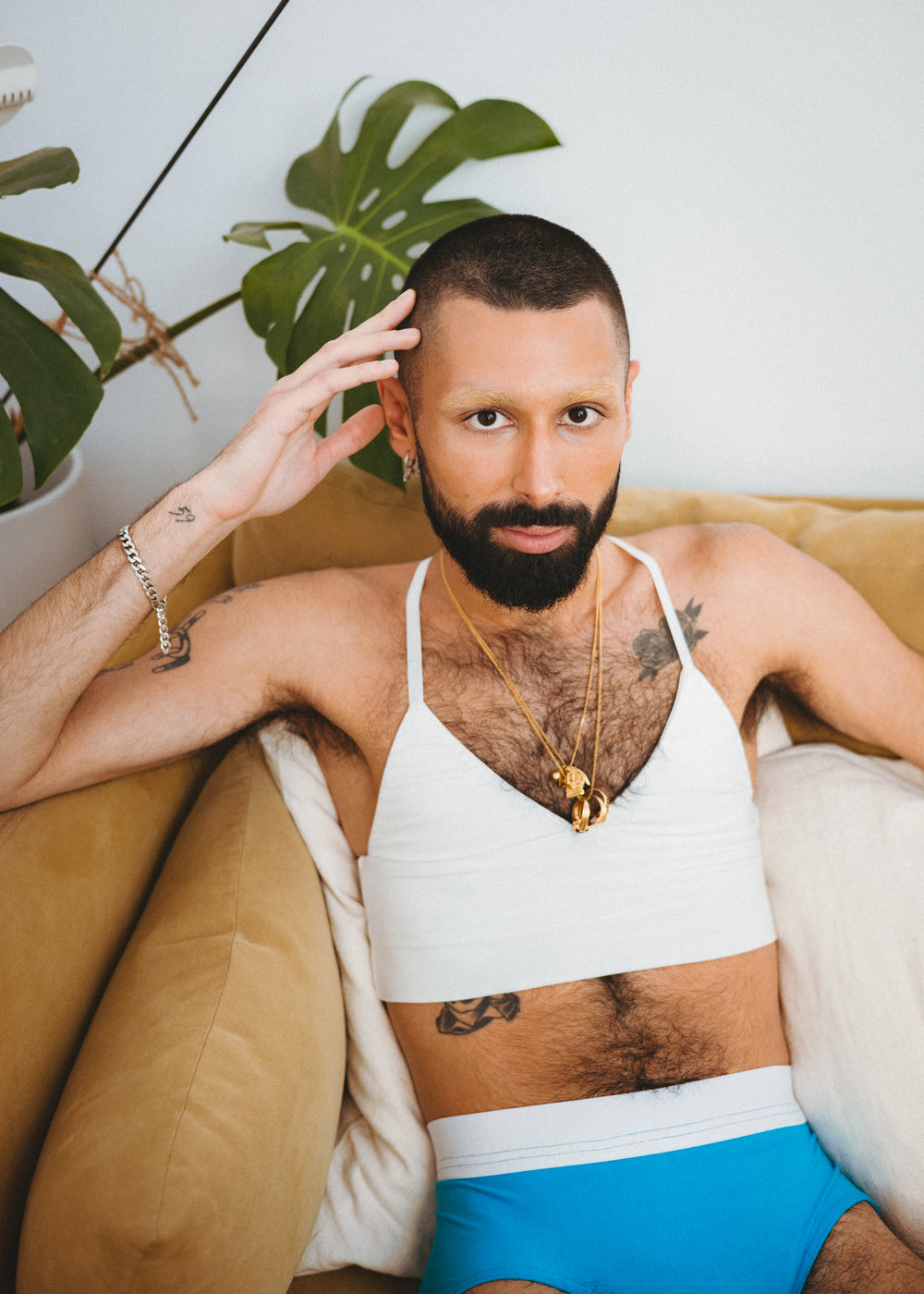
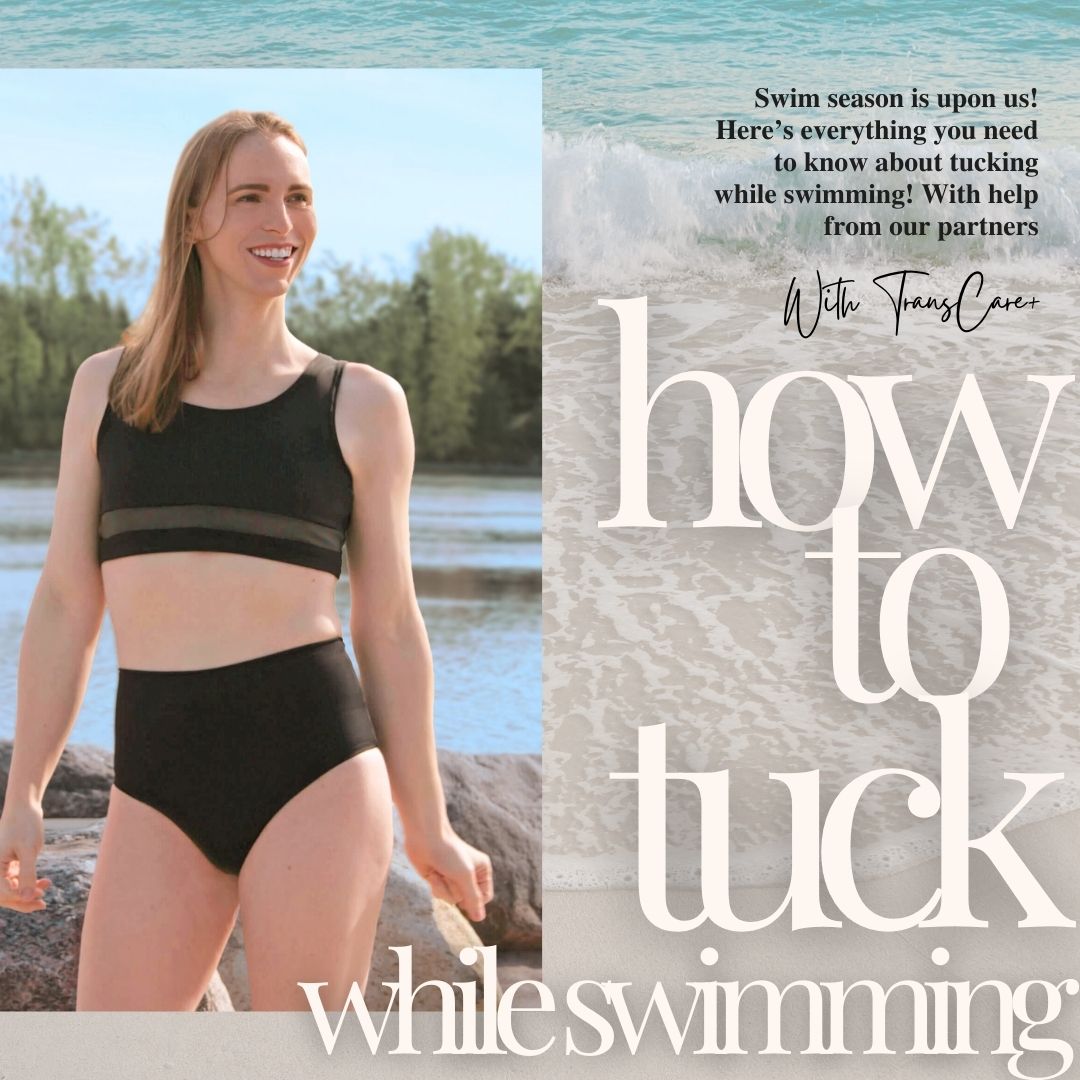


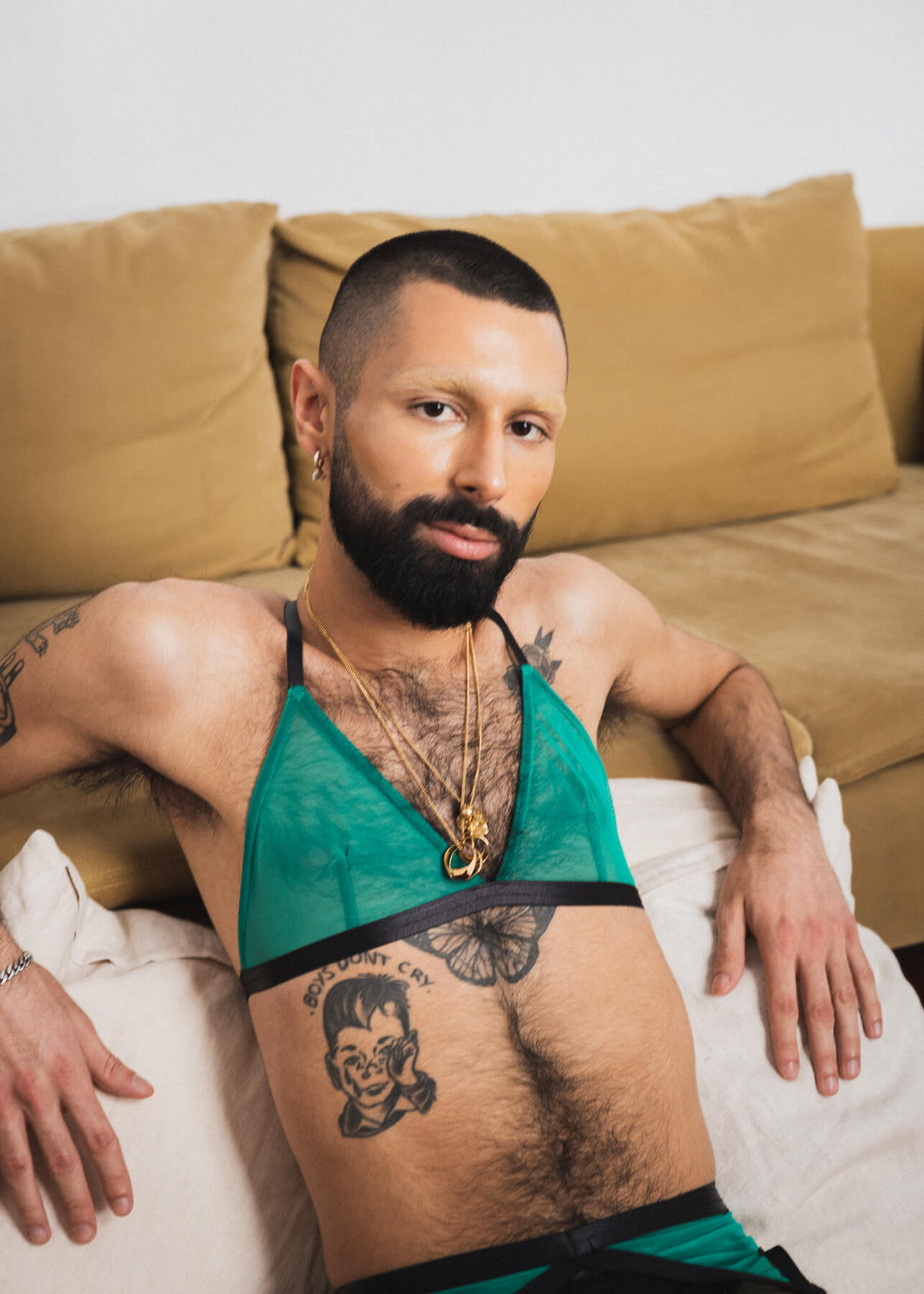
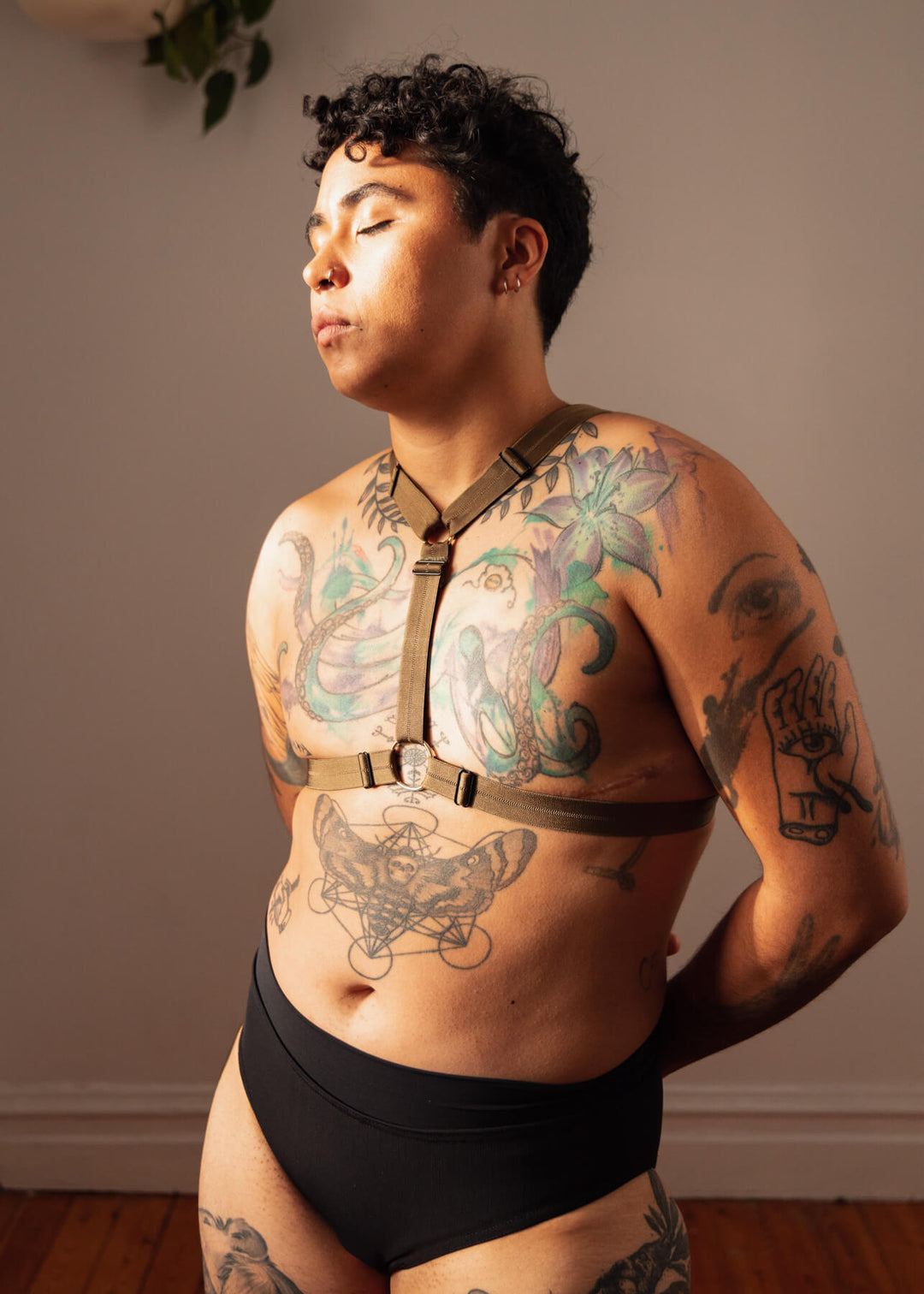
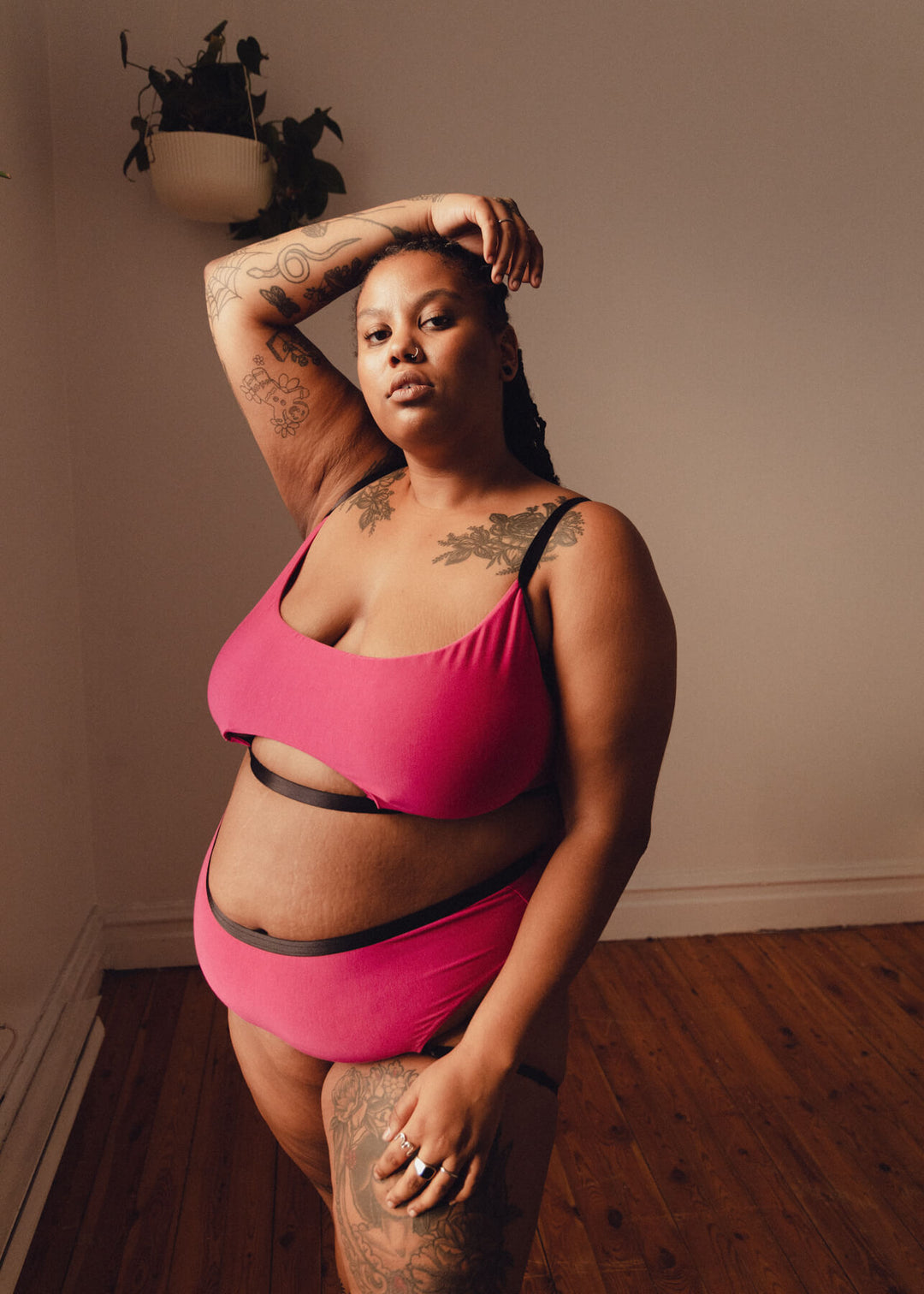





Leave a comment